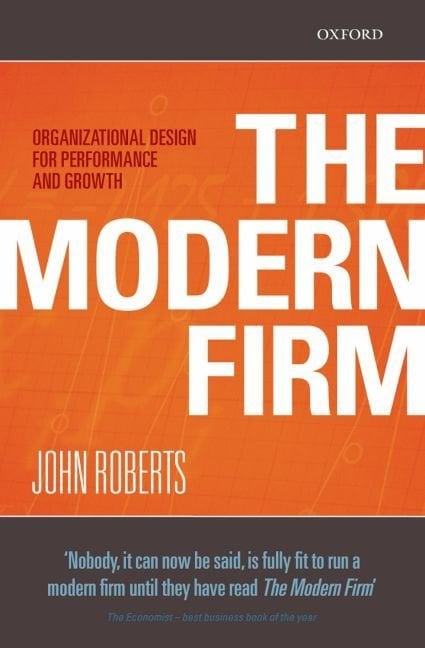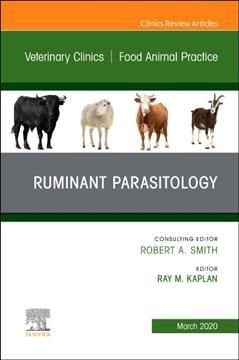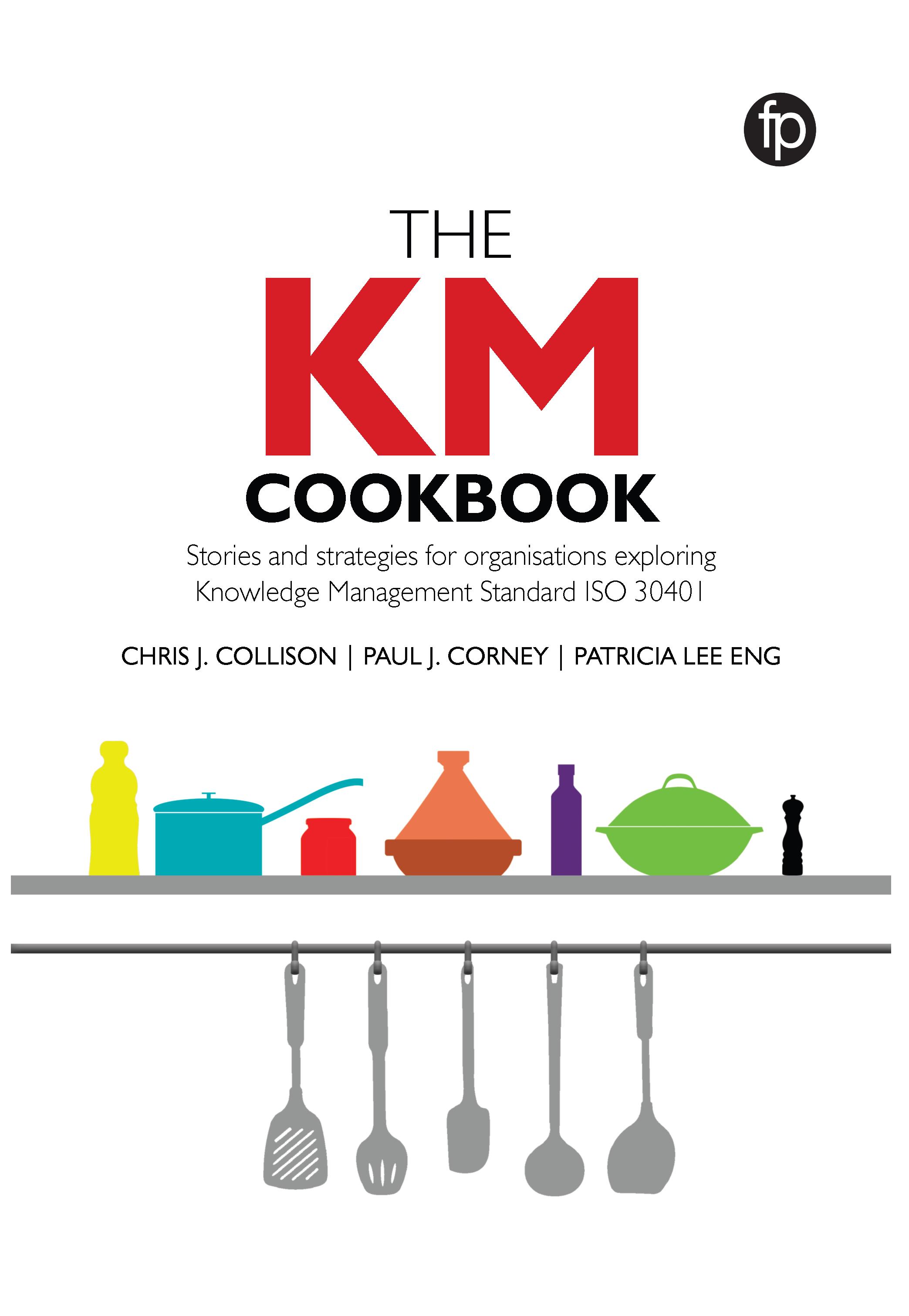Aging is an inevitable part of life and is becoming a worldwide social, economic and health problem. This is mainly due to the fact that the increasing proportion of individuals in the advanced age category have a higher probability of developing age-related disorders, such as type II diabetes mellitus, cardiovascular disorders, sarcopenia, and neurodegenerative conditions. New therapeutic approaches are still needed to decrease or slow the effects of such diseases. Advances in -omic technologies, such as genomics, transcriptomics, proteomics and metabolomics, have significantly advanced our understanding of disease in multiple medical areas, as the analysis of multiple molecular networks has simultaneously provided a more integrated view of disease pathways. It is hoped that emerging hits from these analyses might be prioritized for further screening as potential novel drug targets for increasing the human healthspan in line with the lifespan. In turn, this will lead to new therapeutic strategies as well as drug development projects by the pharmaceutical industry. This book presents a series of reviews describing studies that have resulted in identification of new potential drug targets for age-related disorders. Much of this information has come from -omic comparisons of healthy and disease states or from testing the effects of new therapeutic approaches. Authored by experts from around the globe, each chapter is presented in the context of specific chronic diseases or therapeutic strategies. This book is designed for researchers in the areas of aging and chronic disease, as well as clinical scientists, physicians and stakeholders in major drug companies.












